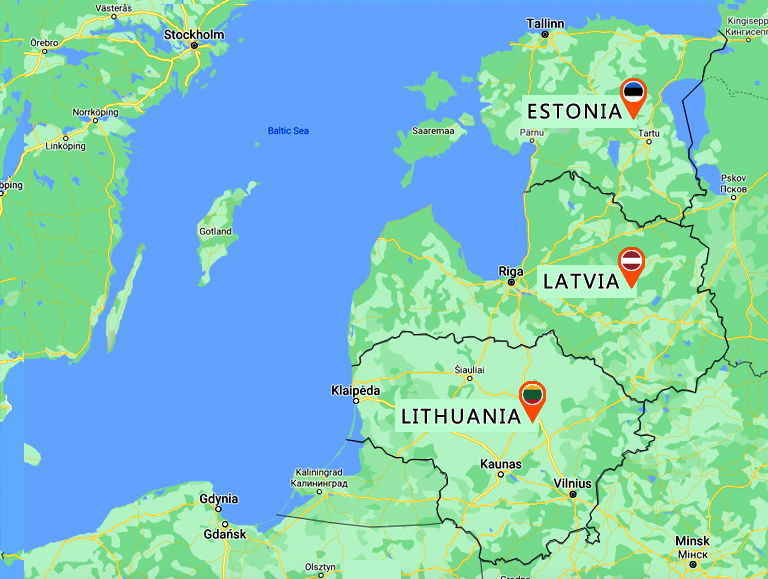Three Baltic States 8 days


DAY 1 : After breakfast, visit Kadriorg Park and Palace built in 1718. After lunch, visit the Lower City of Tallinn, visit the Viru Gate in the Lower City, the commercial buildings of the medieval city, and the Town Hall and Town Hall Square in the center of the Lower City. After that, continue to visit the upper part of the ancient city of Tallinn, passing by Short Leg Street, visiting the Alexander Orthodox Church, the Estonian Parliament Building and the St. Mary Lutheran Church. The most exciting thing is that you can overlook the entire Old City of Tallinn from the observation deck on the top of the hill in the upper city.
DAY 2 : Visit Lahma National Park. Under the guidance of a guide, hike in the wetland reserve deep in the forest, where the air is fresh, the vegetation is dense, there are delicious wild mushrooms in summer, and sweet wild blueberries in autumn. In the evening, stay at the Manor Hotel in the National Park and fully experience the pure natural scenery of the Baltic Sea.
DAY 3 : Continue to the south by car and first arrive at Parnu, the southern seaport of Estonia. After lunch, visit the small town of Parnu, you can still see the shadow of the prosperity of the Hanseatic League in the 17th century. Then head to Pärnu Beach to experience the soft white sands and deep blue waters of the Baltic Sea up close. Leaving Parnu, crossing the border between Estonia and Latvia, continue to Riga, the capital of Latvia.
DAY 4 : Visit the ancient city of Riga. From the Middle Ages to the present, this ancient city not only left behind the buildings of the Middle Ages, but also many new art buildings from the 19th and 20th centuries. This has also become the representative urban scenery of Riga. Visit the Freedom Monument, State Opera House, Riga Lutheran Cathedral, St. Peter’s Basilica and the "Three Brothers" House.
DAY 5 : Depart from Riga and head to northwestern Latvia to visit the resort town of Sigulda. The natural scenery here is different from Lahma National Park in Estonia. The hilly terrain makes the vast vegetation look undulating and the scenery is more layered. There are also exquisite small towns in the dense nature reserve. Cesis best represents the small town style of Latvia. There are the remains of a medieval castle surrounded by jungle, the streets are winding and winding, and the peaceful town is not only the sound of birds, but occasionally the sound of church bells can be heard.
DAY 6 : Continue to drive south to the southern border of Latvia. There is Lundal Palace, the largest Baroque palace in the Baltic Sea. Enter the palace, admire the interior of the restored palace, learn about the exquisiteness and luxury of the 18th century czarist Russian noble palace, which perfectly reproduces the life scenes of the nobles. Then cross the border between Latvia and Lithuania and arrive at Siauliai, a city in northern Lithuania where the famous religious holy site of the Mountain of Crosses is located, and admire the miraculous mountain of Crosses, and then continue to Kaunas, the second largest city in Lithuania.
DAY 7: Visit the ancient city of Kaunas, visit the Kaunas Catholic Church, Kaunas Town Hall and the remains of the medieval Kaunas Castle by the river. Then head to the small town of Trakai to visit Trakai Castle and the castle's internal museum. This is the best place to learn about the history of Lithuania as the largest country in Europe during its strongest period. Then proceed to Vilnius, the capital of Lithuania.
DAY 8 : Visit the famous "Church City" in Vilnius. There are countless exquisite Baroque buildings here, visit the Vilnius Catholic Cathedral, St. Peter and Paul Church, and the well-preserved medieval Gothic red brick church --- St. Anna's Church. Even the only remaining gate of the ancient city, the Gate of Dawn, still retains a small church of Our Lady, where the Pope of Rome had personally visited it.


